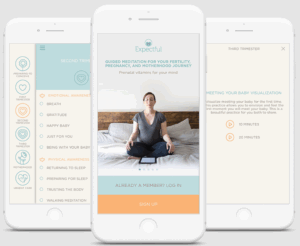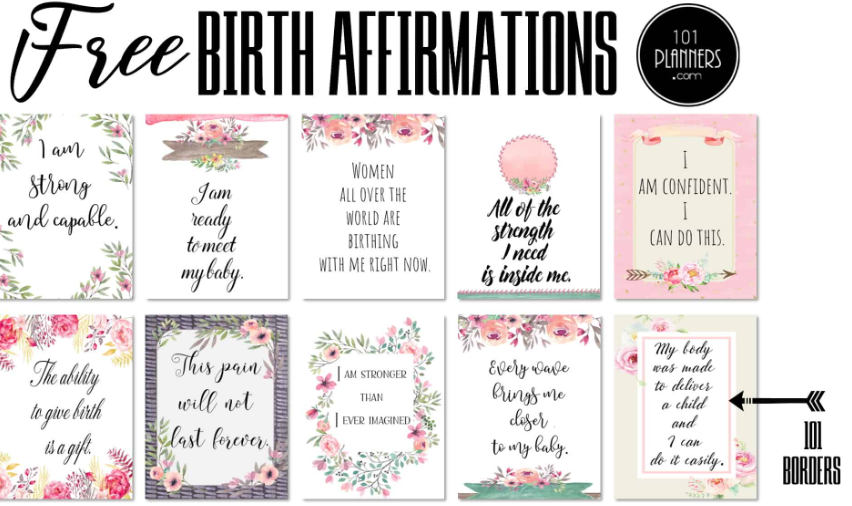Midwife-Led Classes for Natural Childbirth Preparation: Real Confidence, Real Techniques & Real Value
Choosing to prepare for natural childbirth doesn’t mean doing it alone. Today, midwife-led classes for natural childbirth preparation are one of the best-kept secrets for parents who want real knowledge, emotional support, and practical techniques from experienced professionals.
This article explores why these classes matter, what benefits they bring, how technology makes them even better, and which real-world products and resources help families prepare calmly and confidently.
Why Midwife-Led Classes Are Different
Unlike standard hospital classes, midwife-led classes are often smaller, warmer, and more personal. They don’t just tell you what might happen; they guide you through real ways to work with your body.
Midwives teach:
-
Breathing and relaxation techniques for contractions
-
Positions and movements that help the baby descend naturally
-
What to expect emotionally (not just medically)
-
Partner roles: how to support, massage, and advocate
The focus isn’t “pain control at any cost,” it’s about understanding birth as a process, not a medical emergency.
Benefits of Midwife-Led Natural Childbirth Classes
When parents join midwife-led classes, they often say:
-
“I felt less afraid and more in control.”
-
“My partner knew what to do.”
-
“I trusted my body instead of fighting contractions.”
Beyond feelings, the evidence shows:
-
Lower rates of epidural requests
-
Fewer interventions and cesareans
-
Higher satisfaction with birth experience
-
Better bonding and breastfeeding outcomes
Because midwives prepare families not just to cope, but to work with birth.
Real Products That Support Learning & Practice at Home
Preparing for natural birth doesn’t stop when class ends. Midwives often recommend tools that help you keep practicing, from breathing to posture and partner massage. Here are five real-world products that make home practice easier and more effective.
1. Birth Ball – Babygo Birthing Ball

The Babygo Birthing Ball is an essential part of most midwife-led classes. It helps parents practice upright positions that open the pelvis and relieve back pain.
Why it helps:
Midwives teach movements like hip circles and gentle bouncing that become second nature during labor.
Use case:
Sit on it while working, watching TV, or practicing breathing. Partners can also help with leaning or back massage.
Benefits:
-
Improves posture during pregnancy
-
Reduces back pain
-
Encourages the baby into an optimal position
2. Guided Meditation App – Expectful
Expectful offers meditations created specifically for pregnancy, labor prep, and ev

en postpartum recovery.
Why it helps:
Midwife-led classes emphasize mindset. Regular meditation helps reduce fear, lowers adrenaline, and keeps contractions effective.
Use case:
Listen daily, then during early lab, or to stay grounded.
Benefits:
-
Supports calm breathing habits
-
Builds mental resilience
-
Helps you fall asleep during pregnancy
3. Rebozo Wrap – Birth Song Botanicals Mexican Rebozo

In class, midwives teach how to use a Mexican Rebozo, a woven cloth for gentle swaddling and belly support.
Why it helps:
Relieves hip and back tension, encourages the baby into an optimal position, and involves the partner actively.
Use case:
Practice sifting, hip squeezes, or belly lifts during late pregnancy.
Benefits:
-
Natural pain relief
-
Lowers tension that can slow labor
-
Emotional bonding for a couple
4. Affirmation Cards – The Positive Birth Company

These Affirmation Cards feature encouraging phrases midwives recommend for mindset training.
Why it helps:
Reading them daily trains your brain to replace fear with trust and positivity.
Use case:
Pin them on walls, mirrors, or a birth bag. Read out loud together before bed.
Benefits:
-
Boosts confidence
-
Reduces negative self-talk
-
Keeps focus during contractions
5. Waterproof LED Candles

Ambience matters in labor and at home during practice. LED candles create soft, calming light without heat.
Why it helps:
Soft light signals safety, lowering adrenaline and encouraging oxytocin.
Use case:
Use during practice sessions, evening meditations, or labor itself.
Benefits:
-
Safe near water or kids
-
Reusable
-
Turns any room into a calm space
Why Families Need These Products: The Problems They Solve
-
Hard to practice positions? → Birth ball makes it natural and comfortable.
-
Overthinking birth? → Affirmations and apps retrain your mindset.
-
Back pain or tension? → Rebozo helps release muscles and move the baby.
-
Stressful environment? → LED candles turn your living room into a calm zone.
Each tool supports what you learn in class, so by labor, it feels familiar, not forced.
Technology Makes Learning More Accessible
Today, many midwife-led classes are hybrid or online, so more parents can join.
-
Live Zoom sessions keep small groups interactive
-
Video replays help practice anytime
-
Apps and PDFs replace bulky handouts
-
Private forums build community
Midwives blend tradition and tech: the human connection of teaching, plus tools you can keep at home.
What You Learn in Midwife-Led Classes
Midwives teach practical, body-based tools:
-
Breathing patterns (slow, wave, or counting breaths)
-
Upright and forward-leaning positions
-
Partner touch & massage
-
Signs of progress without constant cervical checks
-
How to talk to hospital staff (advocacy)
The goal: move from fear to skill so contractions become something to work with, not fear.
How to Buy or Join
Many midwife-led classes have sign-up pages; here’s how to get started:
Tip: Sign up early in pregnancy so you have time to practice, ask questions, and feel ready.
Why Midwife-Led Classes Are Worth It
Because they combine:
-
Evidence-based info
-
Body awareness and partner practice
-
Mindset training
-
Emotional support
-
Tools to keep practicing at home
Instead of just hearing “don’t be afraid,” you learn how to stay calm, breathe, and move even in strong labor.
Frequently Asked Questions
Q1: When should I start midwife-led classes?
Ideally between 20–28 weeks, so you can practice and review before birth.
Q2: Are they only for home birth?
No. Midwife-led classes help parents plan a hospital, birth center, or home birth.
Q3: Can my partner join?
Yes, partners learn hands-on support, advocacy, and comfort measures.






